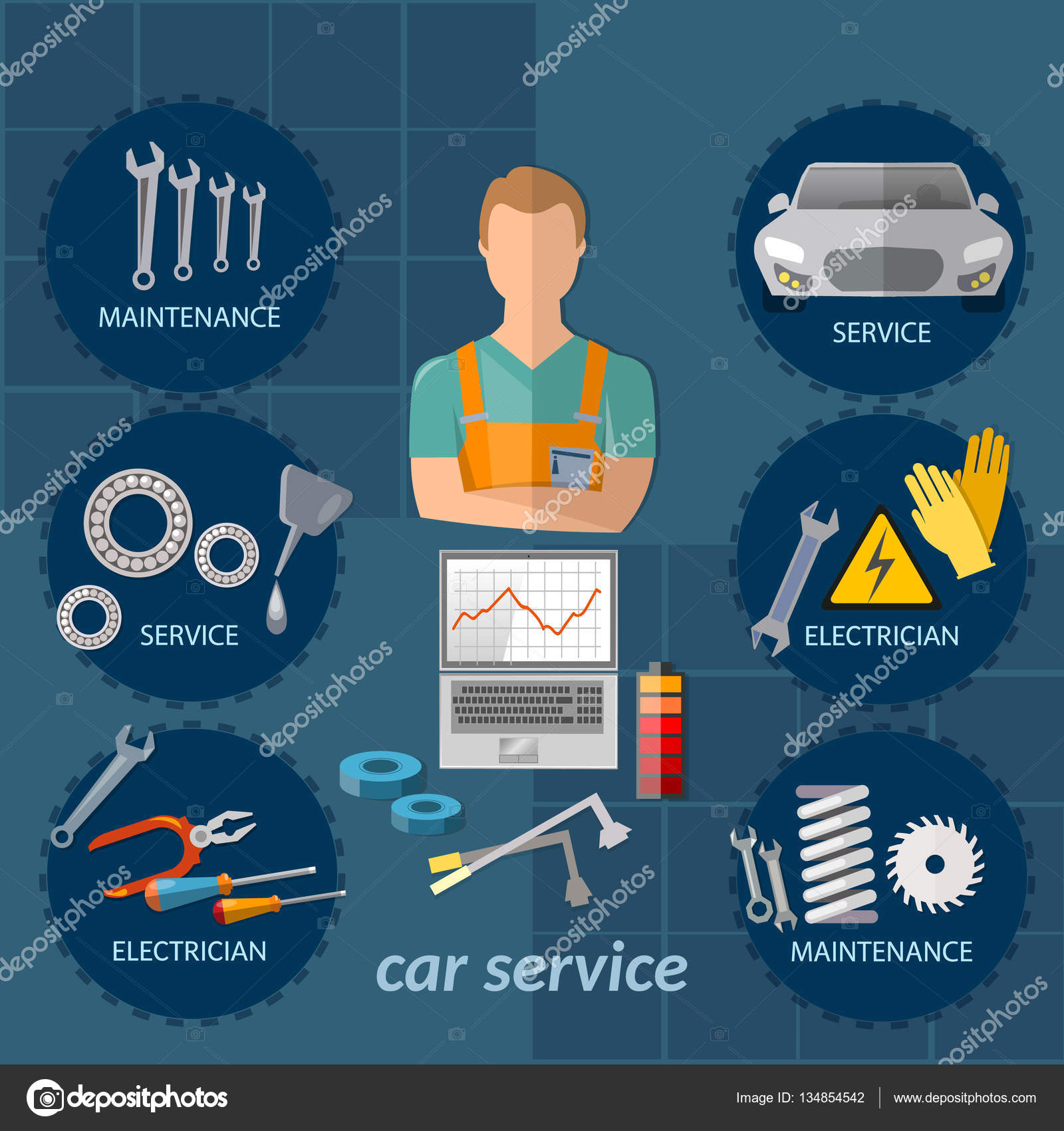Familiarize On Your Own With The Dashboard Warning Lights In Your Vehicle To Prioritize The Wellness And Security Of Your Vehicle
Familiarize On Your Own With The Dashboard Warning Lights In Your Vehicle To Prioritize The Wellness And Security Of Your Vehicle
Blog Article
Authored By- just click the up coming website
When you're behind the wheel, those glowing caution lights on your control panel can be a bit bewildering. Do you understand what they're trying to inform you about your car's health? Understanding the relevance of these lights is important for your safety and security and the long life of your automobile. So, the next time one of those lights pops up, wouldn't you intend to decipher its message precisely and take the required steps to address it?
Common Warning Lights and Interpretations
Determine usual warning lights in your automobile and recognize their definitions to make certain secure driving.
One of the most common warning lights consist of the check engine light, which signifies concerns with the engine or discharges system. If brake repair prices begins, it's vital to have your vehicle inspected immediately.
The oil stress cautioning light suggests low oil stress, needing prompt interest to avoid engine damage.
A flashing battery light could suggest a faulty billing system, potentially leaving you stranded if not dealt with.
The tire pressure tracking system (TPMS) light informs you to reduced tire stress, impacting lorry stability and gas efficiency. Overlooking this can cause dangerous driving problems.
The abdominal light suggests an issue with the anti-lock stopping system, endangering your ability to quit swiftly in emergency situations.
Lastly, the coolant temperature advising light warns of engine overheating, which can cause extreme damages otherwise settled quickly.
Understanding these typical caution lights will certainly help you address issues promptly and preserve risk-free driving problems.
Significance of Prompt Focus
Recognizing the common warning lights in your vehicle is just the initial step; the relevance of quickly dealing with these cautions can not be stressed enough to ensure your safety when traveling.
When mechanics illuminates on your dashboard, it's your cars and truck's way of communicating a possible problem that requires interest. Overlooking these cautions can lead to extra severe problems in the future, jeopardizing your safety and security and possibly costing you much more out of commission.
Motivate interest to alerting lights can avoid break downs and accidents. For example, a flashing check engine light might indicate a misfire that, if left ignored, can create damage to the catalytic converter. Addressing this quickly can conserve you from an expensive repair service.
Likewise, a brake system alerting light might signify low brake liquid or used brake pads, critical elements for your security when driving.
Do It Yourself Troubleshooting Tips
If you see a warning light on your control panel, there are a couple of DIY troubleshooting ideas you can try prior to looking for specialist aid.
The primary step is to consult your cars and truck's handbook to understand what the certain caution light suggests. Sometimes the problem can be as basic as a loosened gas cap triggering the check engine light. Tightening up the gas cap may deal with the trouble.
One more common problem is a reduced battery, which can cause numerous cautioning lights. Checking the battery connections for deterioration and guaranteeing they're protected may fix the issue.
If a warning light persists, you can try resetting it by detaching the vehicle's battery for a few mins and then reconnecting it. Furthermore, inspecting your car's fluid levels, such as oil, coolant, and brake fluid, can aid fix alerting lights related to these systems.
Final thought
In conclusion, understanding your vehicle's warning lights is important for maintaining your car running smoothly and securely. By quickly addressing these informs and recognizing what they indicate, you can prevent expensive fixings and possible break downs.
Remember to consult your car's guidebook for certain details on each alerting light and take action as necessary to guarantee a trouble-free driving experience.
Remain informed, stay secure when traveling!
